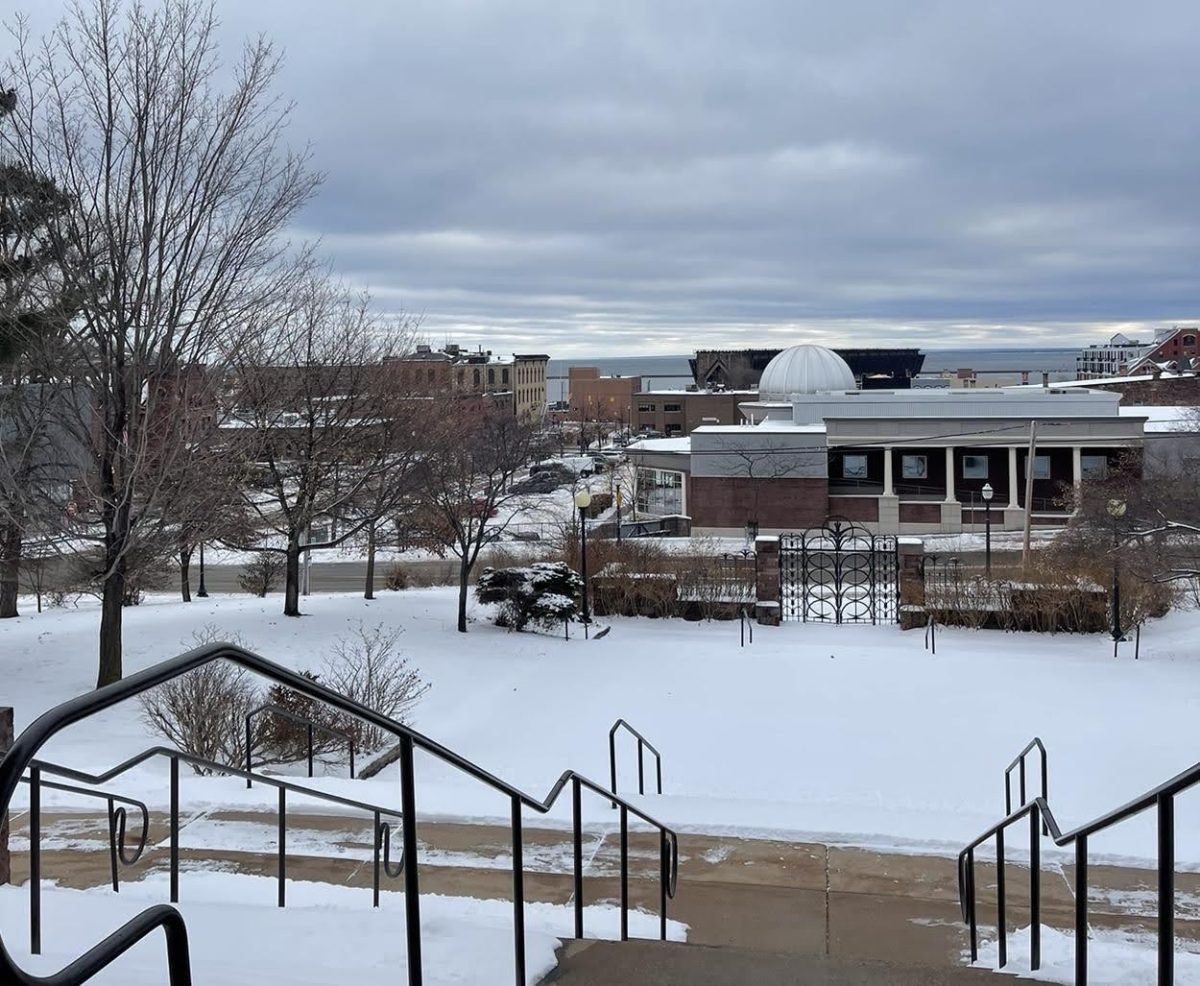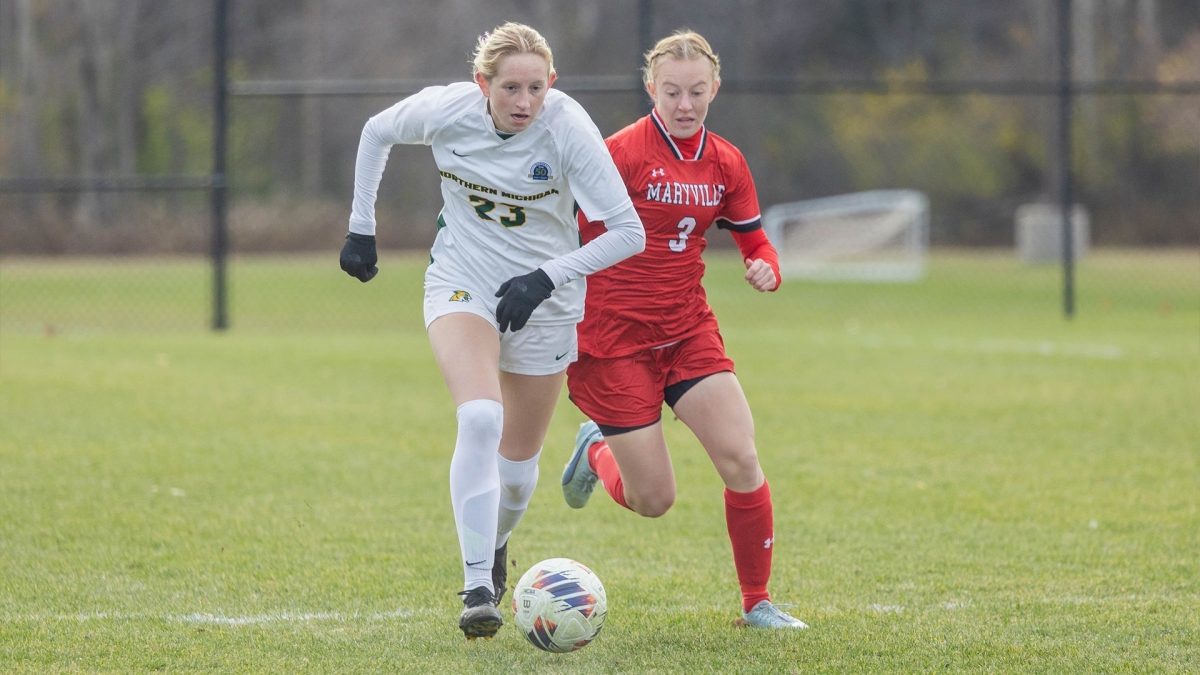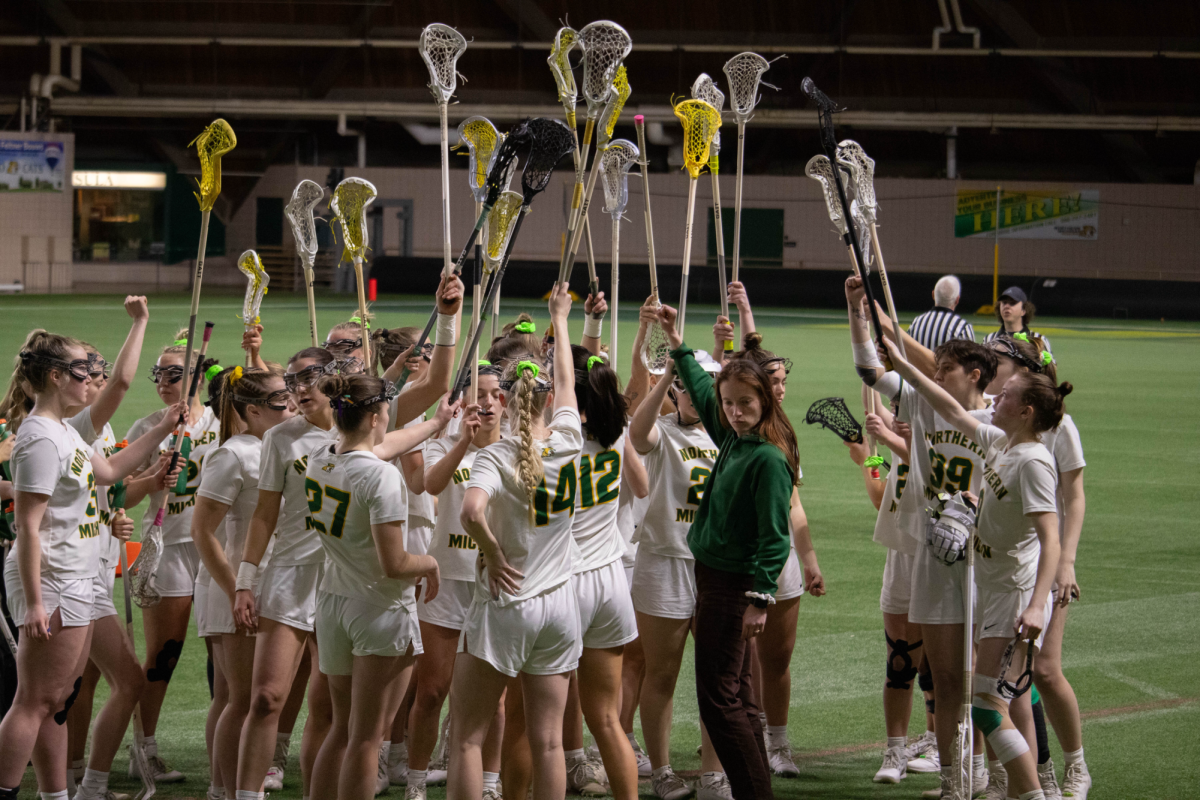NMU has recently implemented several energy saving initiatives which are predicted to not only lower operational costs for the university but also help the environment.
Such initiatives include reducing the use of some of NMU’s exterior lighting fixtures and rearranging the locations of classes to maximize heating efficiency in campus buildings. Gavin Leach, vice president for finance and administration, said that from these simple changes, NMU will save an estimated $500,000 annually. The reduction of NMU’s energy consumption is also in accordance with the goals set forth in the Road Map to 2015, said Leach.
“This year, based on new technologies we have implemented, we are enhancing our focus on facilities’ operating cost. Our goal is to use resources more efficiently and be a model community for sustainable practices,” Leach said.
One of the changes being implemented is the consolidation of classes in efficiently heated buildings and utilizing air handling equipment to manage airflow in buildings. The new equipment allows the university to shut off the flow of heated air to unused sections of buildings. According to Leach, the department of engineering and planning worked closely with the registrar’s office when organizing these changes.
“I think we can do it in a way that won’t have a major effect on students,” he said. “It will just affect where you schedule classes. Either way, we have to assign the appropriate classroom that a class needs.”
Leach said that it is difficult to tell if the savings from these initiatives will translate into lower or stagnated tuition prices for students. However, he did say that lowering the operating costs, or expenses related to running the university like heating and electricity, will have a positive impact on those prices.
Reduced lighting is another environmentally friendly and cost effective initiative on campus that has been implemented.
Jim Thams, the associate director of engineering and planning/grounds, worked with his staff on the project. The inspiration for the change came after Tom Olson, an NMU electrician, noticed that some areas of campus with low pedestrian traffic were fully illuminated throughout the night.
“The idea that [Olson] came up with is that there are certain times of night with low activity on campus. So we came in and did a lighting survey by turning off certain light fixtures,” Thams said.
Based on the results of the lighting survey, 120 of the approximately 500 exterior light fixtures on campus are currently turned off from 1 a.m. to 7 a.m. During summer break, when fewer students are on campus, those 120 fixtures will be turned off completely.
Thams said that he does not think fewer lights will translate into increased crime rates on campus. Staff from the department of engineering and planning along with officers from Public Safety worked together when taking a survey of lighting levels.
“[NMU’s exterior] lighting level is relatively high,” Thams said. “We took lighting levels and we gauged what it was going to affect. Even if we shut these 120 lights off, and you step off campus, it’s going to be darker on the side streets than on the main campus.”
Thams said that the initiative will save the university approximately $9,000 annually, a figure based on current hours of operation, wattage, voltage and cost per kilowatt hour.
Art Gischia, associate vice president of business and auxiliary services, said that the initiatives were largely inspired by the university’s desire to decrease operational costs. In Fiscal Year 09, NMU’s heating and electrical costs ran in excess of $6.5 million.
“We are a large consumer of electricity and natural gas and have minimal control [of] the purchase price. Reduction in consumption is something we all can do to reduce cost,” Gischia said.
While the affect that these changes will have on the environment is not easily quantifiable, Gischia said that the principle of sustainability played a part in the creation of these initiatives.
“Reducing energy consumption is an effective display that the university is serious about its commitment to reducing [its] impact on the environment,” he said.
Leach said that there are several other ideas for future energy saving projects, such as the proposed cogeneration heating plant. NMU received a permit for the plant this December. Another possibility that is being looked into is performance contracting, which involves a specialized firm accessing NMU’s infrastructure and providing recommendations for optimal use of its operational resources.
“We are looking to enhance our sustainability across campus . in a way that lowers our overall operating cost,” said Leach.
























